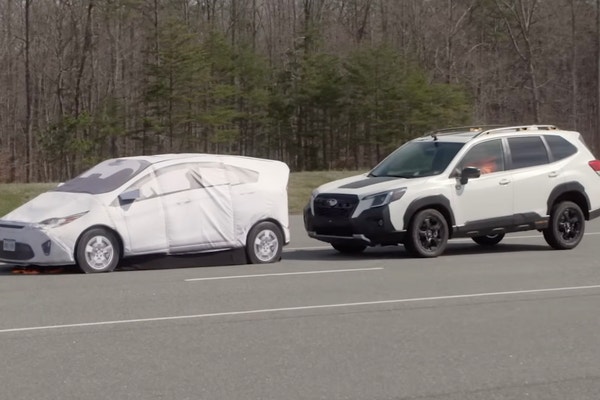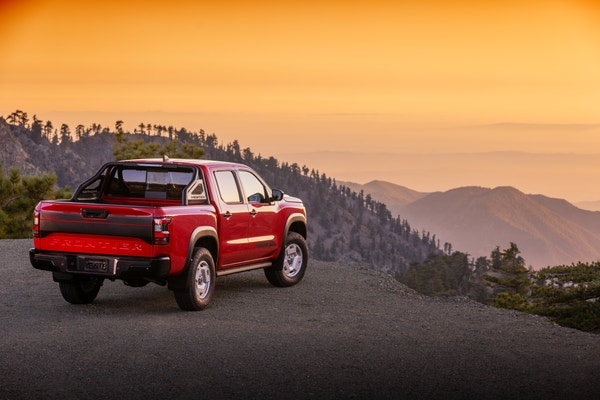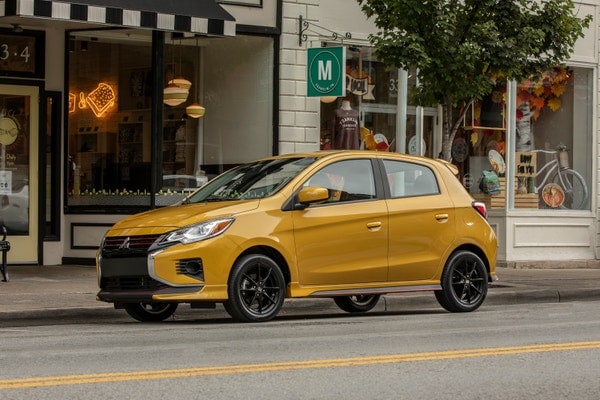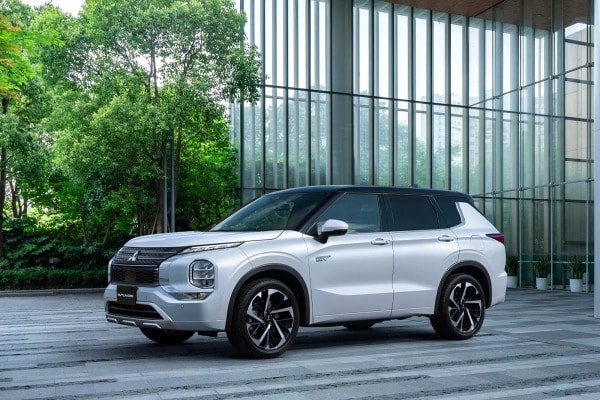Used 2017 Mitsubishi Lancer SEL Sedan Review
Consumer reviews
There are no consumer reviews for the 2017 Mitsubishi Lancer SEL Sedan.
Edmunds Summary Review of the 2017 Mitsubishi Lancer SEL Sedan
Pros & Cons
- Pro:Available 2.4-liter engine provides quick acceleration
- Pro:Available all-wheel drive provides extra traction in inclement weather
- Pro:secure and sporty handling when going around turns
- Con:Engines are noisy, especially when paired to the CVT
- Con:Interior materials of subpar quality
- Con:No available telescoping steering wheel
- Con:Modest trunk space with a small opening
Full Edmunds Review: 2017 Mitsubishi Lancer Sedan
Driving
Equipped with the 2.4-liter engine, the Lancer is one of the quicker small sedans available. Unfortunately, fuel economy suffers. We're not fond of the CVT, either; it is slow to respond when you want to merge or make a pass on the highway. The engine also sounds loud and boisterous during hard acceleration, which is another drawback.
The Lancer goes down smooth roads just fine, but driving over potholes and broken pavement causes plenty of unsettling shock and impact shudder to enter the cabin. It's just not a very comfortable car to drive. The Lancer can zip around turns with a pleasing amount of stability, especially with the sport-tuned suspension on the SE, but the trade-off is an even greater deficit in ride quality. The SE's larger wheels and tires generate more noise on certain types of pavement too.
Interior
Simple, plain gauges and controls populate the interior of the 2017 Mitsubishi Lancer. While that isn't inherently displeasing, many of the surfaces you come in contact regularly are made from cheap, hard plastics. As a result, it all feels a bit bare-bones, even at higher trim levels. Mitsubishi's voice activation system, Fuse, makes it possible to control the audio and navigation systems, but it doesn't respond as quickly to commands as competing systems. The same is true of the newly standard 6.1-inch touchscreen this year, which also suffers from poor graphics.
Up front, seat comfort is generally good, though tall drivers will likely wish for more thigh support and a telescoping steering wheel. The backseat is spacious, at least, and provides quite a bit of legroom. By class standards, the trunk is relatively small, with just 12.3 cubic feet of cargo capacity, a number that drops to 11.8 cubic feet with the Rockford Fosgate audio system's subwoofer installed. The 60/40-split rear seatbacks fold down to help with carrying longer items.
Edmunds Insurance Estimator
The Edmunds TCO® estimated monthly insurance payment for a 2017 Mitsubishi Lancer in Ohio is:
not available


